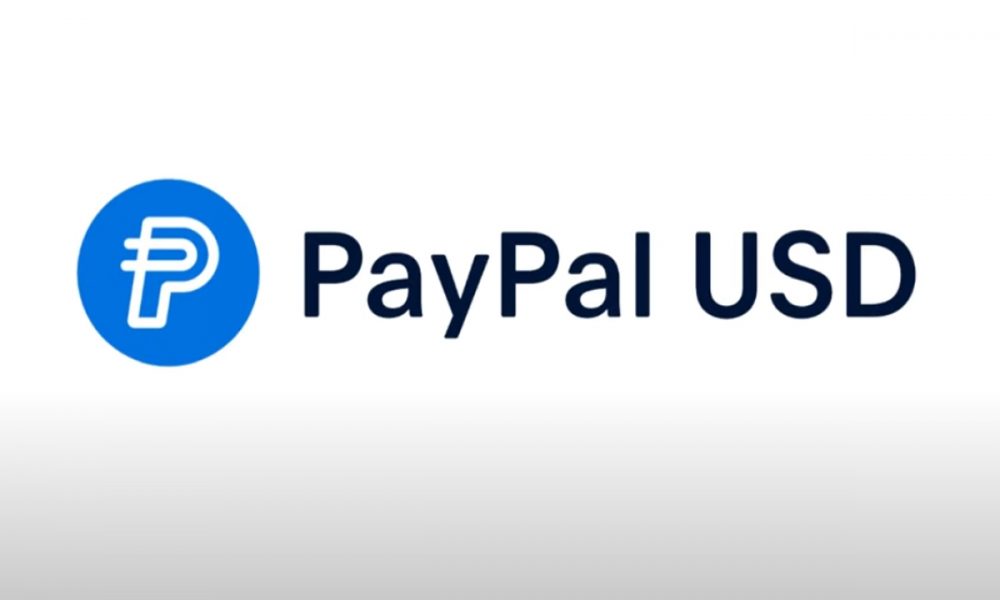What Are Sharding-Based Blockchains?
Sharding-based blockchains are essentially blockchains for cryptocurrencies that have been tweaked in order to have greater scalability, and to handle more transactions per second. Sharding-based blockchains have been proposed as a potential solution to the scaling problem that some of the top cryptocurrencies, such as Bitcoin are currently facing.
What Problem Does Sharding Solve?
Poor scalability is perhaps the single greatest criticism of Bitcoin and several other top cryptocurrencies. The reason why this criticism is frequently levied against Bitcoin and other cryptocurrencies such as Ethereum is because Bitcoin can only process about 3-4 transactions per second, and Ethereum can only process about 20. Compared to centralized alternatives, this is very, very poor.
For example, PayPal processes about 193 transactions per second, and Visa processes about 1,667. This means that Bitcoin, Ethereum, and other top cryptocurrencies have a long way to go before they can process transactions at the speed and efficiency level of their centralized counterparts.
Slow transaction times are a major problem because they choke up the networks, making it difficult for people to use cryptocurrencies for real-time payments. For example, you don’t want to pay the bill at a restaurant with Bitcoin and then have to wait ten minutes for that transaction to be processed and validated.
In the payments world, speed is absolutely crucial. People want their transactions to be processed extremely quickly, and without having to wait long periods of time for them to go through. The longer that a payment takes to be processed, the more inconvenient it is for the user. The shorter the transaction time, the more convenient it is for the user.
The fact that PayPal and Visa can process considerably more transactions per second than Bitcoin and Ethereum is one of the main reasons why these two payment methods are still much more popular.
How Sharding Can Solve the Scaling Problem
Transactions for cryptocurrencies such as Bitcoin and Ethereum currently have to be validated by all nodes in the network. That means every single time someone makes a payment with Bitcoin or Ethereum, literally, tens of thousands of computers have to approve it. While this adds a large amount of security to the networks, it also makes them a bit clunky and slow.
Sharding can potentially fix this problem. Sharding is the process of dividing all of the nodes for a blockchain into “shards,” and then requiring a much smaller number of nodes to approve of transactions. To understand how this would help to speed things up, imagine a busy highway that has a toll station with only one toll booth. This represents how the Bitcoin and Ethereum networks are run today. Traffic jams happen and people have to wait in long lines to get through the toll.
Now imagine if the highway suddenly added 15 or 20 tolls. It would dramatically improve the rate at which traffic can progress through the tolls. This is essentially what a sharding-based blockchain would do for cryptocurrency transaction validations. Sharding would make a tremendous amount of difference, and dramatically improve transaction speed.
What Happens When Sharding-Based Blockchains Are Implemented
Supporters are incredibly adamant about the sharding solution, and want to see it implemented as soon as possible. If sharding-based blockchains are implemented, it will be possible for hundreds or even thousands of transactions to be processed every single second. This has the potential to make Bitcoin, Ethereum, or any other cryptocurrency that can effectively implement sharding, the fastest payment systems in the world. It could even hypothetically overtake VISA, which would be quite an impressive feat, and could really change the way that people feel about cryptocurrencies as effective payment methods.
Another key point about sharding is that if it effectively solves the Bitcoin scaling problem, then it could finally unite the Bitcoin community, which is currently divided about how to best achieve scalability. The debate about Bitcoin scaling has been so contentious that it has even led to the Bitcoin Cash hardfork. Bitcoin Cash is a cryptocurrency that is touted by some people like “Bitcoin Jesus,” Roger Ver as an updated and improved version of Bitcoin.
Many other people believe that Bitcoin Cash is essentially a plagiarized rip off of Bitcoin, and that Roger Ver is more like the Bitcoin anti-Christ, because he is trying to steer people away from the vanilla Bitcoin. If Bitcoin can get its scaling problem solved, then it would be immune to the scaling issues that are so frequently complained about by people like Roger Ver. This would also stop all of the infighting in the Bitcoin community, and hopefully cause people to view Bitcoin as a more stable, and solid cryptocurrency.
High transaction processing capability and lower fees (which also could occur with sharding), are extremely appealing to merchants. If sharding can be implemented successfully, it is likely to make cyptocurrencies significantly more desirable for merchants to use for daily transactions. Many merchants have already begun accepting Bitcoin and other cryptocurrencies for payments.
However, increased scalability could cause many more to follow this trend. In fact, it could be the last hurdle that needs to be overcome for Bitcoin and other cryptos to start receiving more mainstream adoption.
Sharding vs. Other Proposed Scaling Solutions
In addition to sharding, there are several other proposed scaling solutions for cryptocurrencies like Bitcoin and Ethereum. These proposed scaling solutions include the Lightning Network and Segwit2x. The Lightning Network is an off-chain scaling solution that allows transactions to occur off of the blockchain. It achieves this by creating “channels,” which allow users to send cryptocurrencies to each other without relying on the blockchain to validate the transaction. The blockchain only gets used to create and close the payment channel.
The Lightning network has the potential to literally process billions of transactions per second. If it is ever completed and implemented, it would create an unprecedented breakthrough in scalability. No one would ever complain about scalability as an issue again, as long as the Lightning network functioned as intended.
The Raiden Network is another proposed scaling solution. It is designed to be nearly identical to the Lightning Network. However, the Raiden Network has several different features. The Raiden Network is specifically designed for Ethereum. Unlike the Lightning Network, the Raiden Network is also designed to do other things besides just facilitate payments. It is supposed to enable smart contracts, support DApps, allow ERC-20 tokens to be transferred and many other things. So, the Raiden Network is very similar to the Lightning Network, however it has even more potential because it can do more than the Lightning Network can.
SegWit2x was proposed for Bitcoin, and would boost the block size for transaction blocks from 1MB to 2MB. While this could help to scale Bitcoin somewhat, the SegWit2x proposal is generally not considered to be as exciting or helpful as the Lightning Network. A Proposed SegWit2x for Bticoin was scheduled for fall 2017. However, it did not go through, as there was a lack of support from the Bitcoin community.
Which Scaling Solution Will Win?
There is currently a race to see which scaling solution will ultimately win out for Bitcoin, Ethereum, and other top coins. There are rumors that both the Lightning Network and the Raiden Network are very close to being completed and implemented. However, it is still possible that a SegWit2x or sharded scaling option will make it to market first, and will win over the cryptocurrency community.
Ultimately, the solution that works the best will probably be favored. The cryptocurrency market, in general, seems to lean towards efficiency. It is very likely that there could be bugs, or problems with any or all of these solutions if they ever, in fact, do get launched. So, it will be up to developers to fix problems quickly, also, if they want their solution to become the predominant scaling solution for cryptocurrencies.
Final Thoughts on Sharding
Regardless of whether cryptocurrency scaling goes in the direction of sharding, SegWit2x, the Raiden Network, or the Lightning Network, it appears that the need for effective scaling solutions has hit a fever pitch. Until cryptocurrencies have transaction processing speed that is at least equal to payment systems like PayPal and Visa, it is unlikely that they will ever seriously compete with the centralized methods. Once cryptocurrencies surpass the transaction processing speed of traditional payment systems, there is no telling how fast full mainstream adoption could occur. After all, both customers and merchants like payment methods that are faster, cheaper, and easier to use.
The fact that the Lightning Network could hypothetically process billions of transactions per second is amazing, and potentially very appealing to many. If the Lightning Network and Raiden Networks fail, however, then the cryptocurrency market may well look to sharding as an alternative.
Sharding is a brilliant innovation, but some people worry that there is a chance that a group of shards could potentially be taken over by hackers, who would then be able to potentially double spend crytpocurrencies. If that were to happen then it would be devastating and would soon cause an implosion of the cryptocurrency, as faith in its effectiveness would be lost.
None of the four proposed scaling solutions mentioned in this article have proven themselves to be effective for the top cryptocurrencies just yet. It is very likely that at least one of them will soon be tested in the field. The results of this field test could have extremely significant and long-lasting consequences for the cryptocurrency industry. In a few years’ time, it should be clear which solution is victorious. For now though, it is still very much an open debate.






